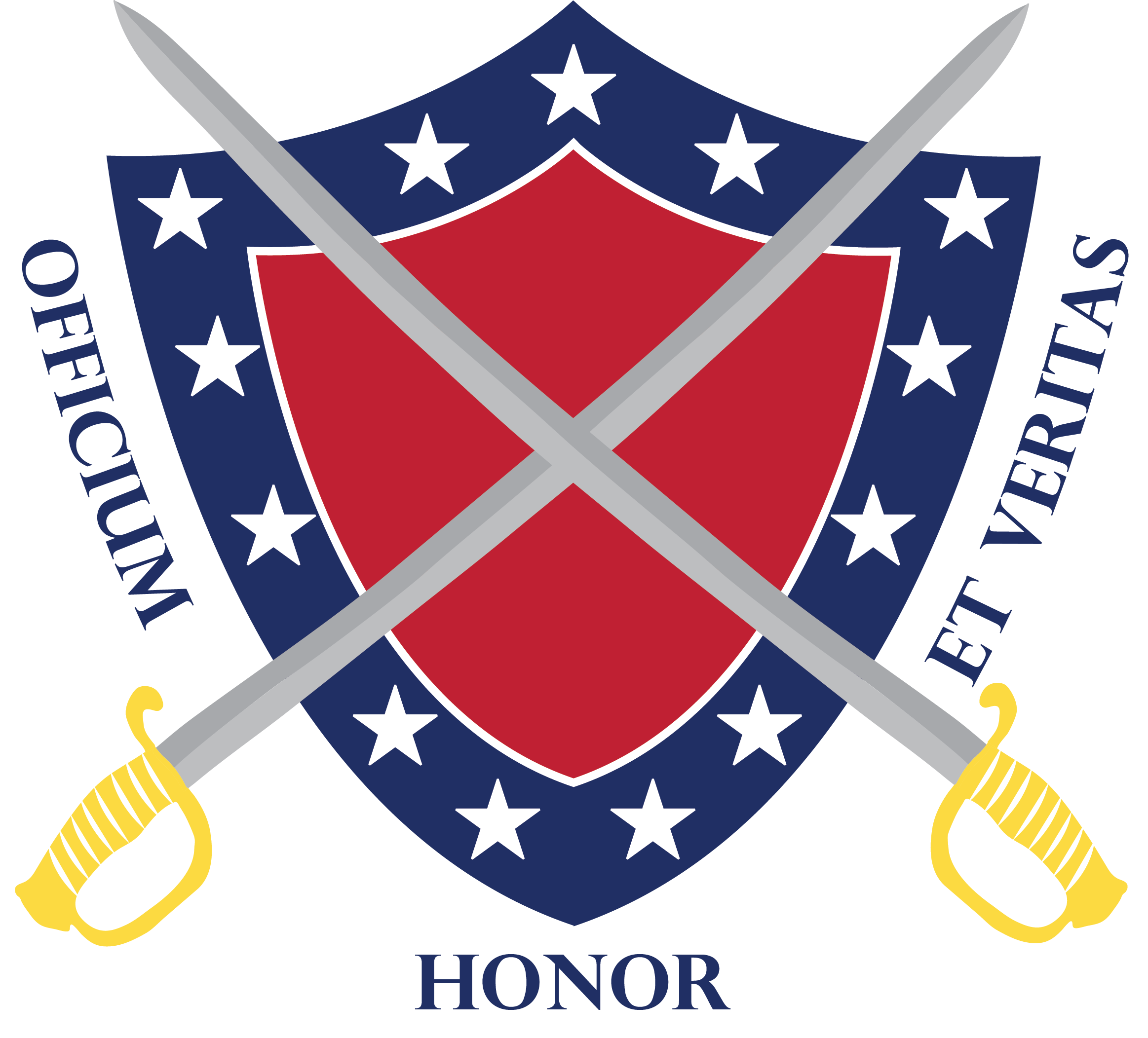
Often History Ain’t What You Think It Was
Like me, many of you may have seen the decades old movie about George Armstrong Custer titled “They Died with Their Boots On.” If I remember correctly, in the movie, Custer said the Seventh Cavalry was being “sacrificed” to give reinforcements time to get there so they could wipe you those nasty Indians. While such drivel was great for the movies, historically it was balderdash. But then, who expects truth out of Hollyweird anyway?
Revised History – Often History Ain’t What You Think It Was PDF
Like me, many of you may have seen the decades old movie about George Armstrong Custer titled “They Died with Their Boots On.” If I remember correctly, in the movie, Custer said the Seventh Cavalry was being “sacrificed” to give reinforcements time to get there so they could wipe you those nasty Indians. While such drivel was great for the movies, historically it was balderdash. But then, who expects truth out of Hollyweird anyway?
I’ve seen several movies over the years where Custer’s last stand was part of the script. None of them got it right. Custer is usually portrayed as the mythical hero upholding “truth, justice, and the American way.”. Of course, some of our “history” books don’t do much better.
If you watch any of these movies, the “last stand” seems to go on forever. Years ago, I watched something on a television history program where they had interviewed either one of the old Indians who had fought Custer or his son, I don’t recall which. They asked how long the last stand had lasted, to which he replied, “About as long as it takes a hungry man to eat his lunch.”
I’ve been to the Custer Battlefield. In the visitor center there they had a Crow Indian lady who explained the battle there to visitors in some detail, as the battle was fought on Crow reservation land, and the Crows wanted neither the whites nor the various bands of Sioux, Cheyenne’s, and Arapahoe’s there. Studying the ground there, and the Crow lady’s commentary bears this out, by the time Custer got to what they call “last stand hill” where he died, he had no more than 40 men left standing. The rest of them had died trying to get there. They had markers all the way along showing where men had died, either singly or in small groups. So, with only about 40 men left and thousands of Indians there, you can bet the last stand was not a prolonged event. The old Indian they interviewed was probably pretty accurate in his comment about the length of the battle.
The whole campaign against the Sioux that year was planned in Chicago and the intelligence about the number of hostiles there was terribly faulty. Custer didn’t realize what he was up against until it was too late. But then, Custer was a bit arrogant too. He seemed to feel that his 7th Cavalry could handle most anything. Ten years before, Capt. William Fetterman had the same problem down in Wyoming. Fetterman said “Give me 80 men and I will ride through then Sioux nation.” Well, Fetterman, disobeying orders, tried to ride through the Sioux nation and the Sioux nation massacred him.
Years ago, my wife gave me a book, for my birthday I think it was. It was called “Son of the Morning Star” and it was a history of Custer’s military life. I started reading it back then and somehow got sidetracked and didn’t finish it. I finished reading it last year in the nursing home. There was a lot in it that is worth comment and I think I will do some of that in future articles.
Many folks in the Southern Heritage Movement do not look upon General Custer with any fond recollections. For this they have very good reasons.
